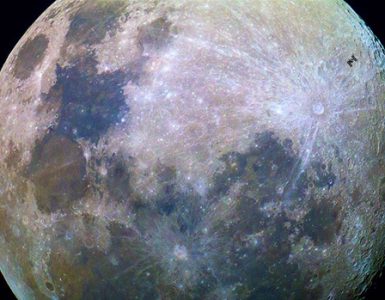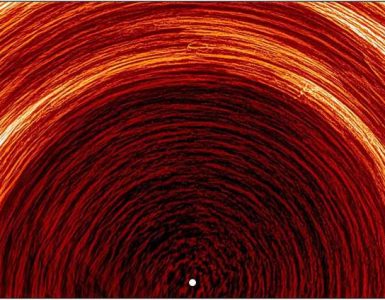For the second time, astronomers detected a consistent pattern in a fast radio burst from somewhere in deep space. The first such pattern was discovered in a different FRB back in February.
Now scientists say they have details on the habits of FRB 121102, which repeats every 157 days, according to a study published in the journal Monthly Notices of the Royal Astronomical Society.
This FRB was discovered in 2012, and researchers noted its repeating nature in 2016. The source is a dwarf galaxy more than 3 billion light years away. The pattern might be the result of a massive star, a neutron star or black hole’s orbital motion.
“This is an exciting result as it is only the second system where we believe we see this modulation in burst activity,” the University of Manchester’s Kaustubh Rajwade, who led the research, said in a release. “Detecting a periodicity provides an important constraint on the origin of the bursts and the activity cycles could argue against a precessing neutron star.”
Read more at CNET






Add comment